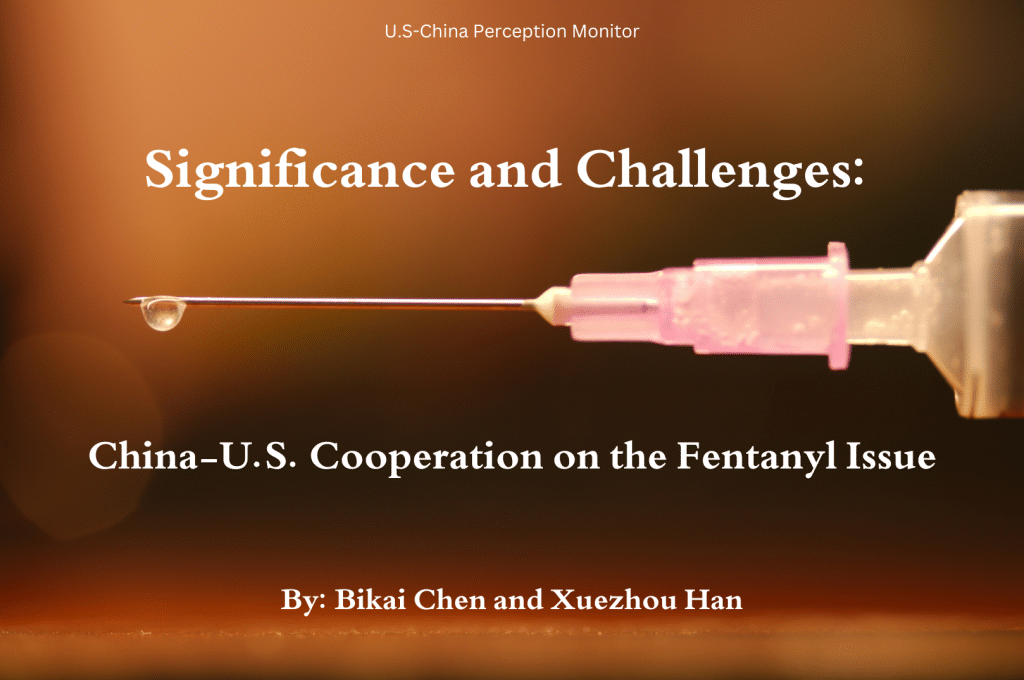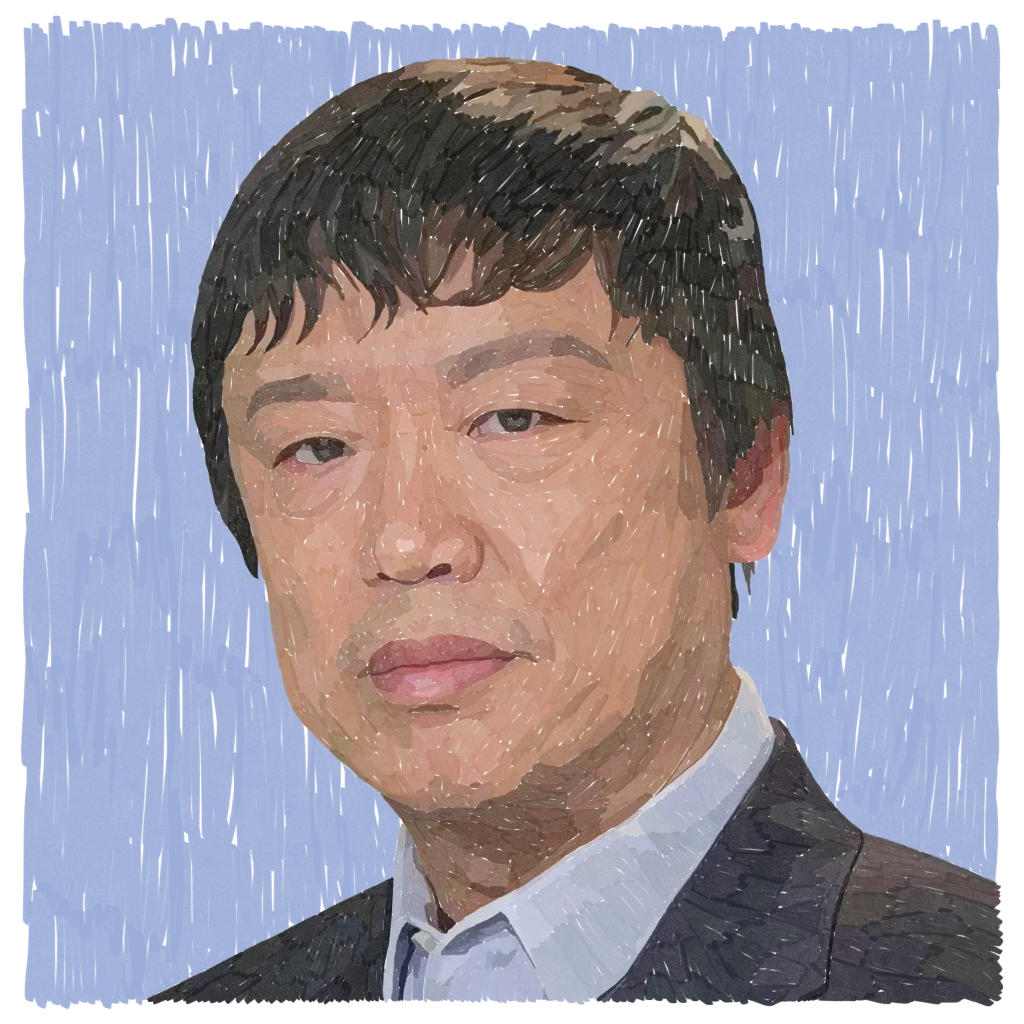Significance and Challenges: China-U.S. Cooperation on the Fentanyl Issue
Surveying Chinese Student Experiences: Breaking Down a Recent Report by the U.S.-China Education Trust
A recent survey report on the experiences of Chinese international students in the US provides key insights and pushes back against voices questioning the value of U.S.-China educational exchange relative to its purported risks for national security.
The report, titled “Three Decades of Chinese Students in America, 1991-2021”, was jointly conducted by the U.S.-China Education Trust (USCET), a Washington DC-based non-profit organization, and the China Data Lab of the 21st Century China Center at the University of California, San Diego. Published in mid-September, the report is based on a survey of more than 400 former Chinese international students residing in China and the United States. It offers a uniquely wide lens on the evolving composition and experience of Chinese students who obtained degrees in the United States during that period.
According to USCET, the estimated three million students from China who have studied in the United States since the late 1970s represent one of the largest cross-border flows of students in modern times, and this group has long been viewed as a generally positive presence at American colleges and universities. “Efforts to cast suspicion on all Chinese students and to imply that they are generally harmful agents of Chinese influence is contrary to U.S. interests and is not borne out by the facts,” said Madelyn Ross, the president of USCET and co-author for this report.
Ross, whose career spans more than thirty years in the field of U.S.-China relations, convened the research project and worked with dozens of organizations from both countries to distribute the survey in late 2022 and early 2023. The Henry Luce Foundation funded the project. “My own experience with Chinese students studying in the United States since the 1980s has been overwhelmingly positive,” she noted. “This survey reminds us that students from the PRC have been studying here for decades, largely motivated to come to the United States by a search for academic excellence. It is important to understand the big picture, to humanize these individuals, and to add their voices to the discussion of Chinese students in America.”
“This report helps show the tremendous value students’ international exchange brings to both countries and helps the U.S. see that both sides have comparatively little to fear and much to gain through scholarly exchange,” said Harris Doshay, co-author and assistant director of research and writing at 21st Century China Center, UC San Diego.
Amid the recent anti-Asian hate sentiment and a growing tense U.S.-China relations, the number of Chinese students studying in the U.S. has dropped significantly, from 372,532 in the academic year of 2019-20 to 290,086 in 2021-22.
India, the second-largest international students’ origin, sent 199.182 students to the U.S. in 2021-22, an increase of 19% year-over-year. In contrast, though China remained the leading source of international students in the U.S., the number of Chinese students dropped 9% year-over-year in 2021-2022.
The USCET-UC San Diego report found that most survey respondents unequivocally reported that they came to the United States in search of excellence in education. Specifically, “some 98 percent of respondents indicated that getting ‘the best possible education’ was either important or somewhat important in their decision” to study in the United States. Other top factors that motivated Chinese students studying in the U.S. included the chance to experience life in another country, greater freedom in choosing what to study, and the opportunity to improve career prospects.
In examining how Chinese students financed their studies, the report indicated almost two-thirds of respondents received merit-based support from American universities, while 40 percent received parental assistance. Only 1.5 percent of respondents reported receiving funding from the Chinese government, “a negligible amount that belies the notion that students from China are largely sent to the U.S. by their government,” according to the report. The report points out that funding sources have changed significantly over time, as China grew wealthier and more families could afford overseas education for their children. Less than 10 percent of the survey sample received family financial support prior to 2004, compared to 75 percent of the respondents graduating after 2015.
Changing bilateral relations and shifts in domestic politics in both countries have inevitably taken a toll on those Chinese students. There was a significant rise in the percentage of respondents reporting experiences of discrimination over the years, especially after 2016. According to the report, “One graduate student was asked directly by his supervisor if he was a Chinese spy, and another had a professor who ‘openly’ claimed that ‘All Chinese students [cheat] on their GRE exams.’ A number of graduate students reported hearing racial slurs like ‘go home/back to China/back to your country’ shouted at them.”
Despite negative experiences, many of the survey respondents report that they have had fine memories and goodwill in reflecting on their studies in the United States. More than 80 percent of respondents traveled in the US for pleasure during their period of study and these travels were a common source of fond memories.
“Most looked back on their school experience with warm feelings for their campus and their friends, as well as the people and landmarks they encountered through travel. More than 85 percent of those surveyed reported that they found Americans friendly and welcoming, and a similar percentage said they would choose to study in America again if given the choice now,” said USCET in its report summary.
Strikingly, the survey found that many Chinese students somehow remain connected to their schools. Ross was struck by the fact that “respondents took part in U.S. alumni associations and made donations to their universities at rates much higher than the U.S. average.”
To Doshay’s surprise, the report “found that Chinese international students have become more integrated into campus life over time, rooming more often with roommates from other countries and joining clubs and extra-curricular activities in greater and greater numbers over time.”
In an email interview, Doshay suggested, “With relations at such a low point, small steps can make a big difference. Increasing the number of flights, reducing some of the friction involved in visa applications, and other steps would all help Chinese students studying in the U.S.”
“Educational exchanges form the bedrock of U.S.-China relations and are a critical element in maintaining peace between our two countries,” USCET concludes in its report summary. “Exchanging students and scholars was a top priority when the U.S. and China normalized relations in the 1970s and has remained a mainstay of people-to-people relations ever since. We hope that both countries will continue to welcome each other’s students and provide ample opportunities for them to engage with each other’s societies first-hand.”









